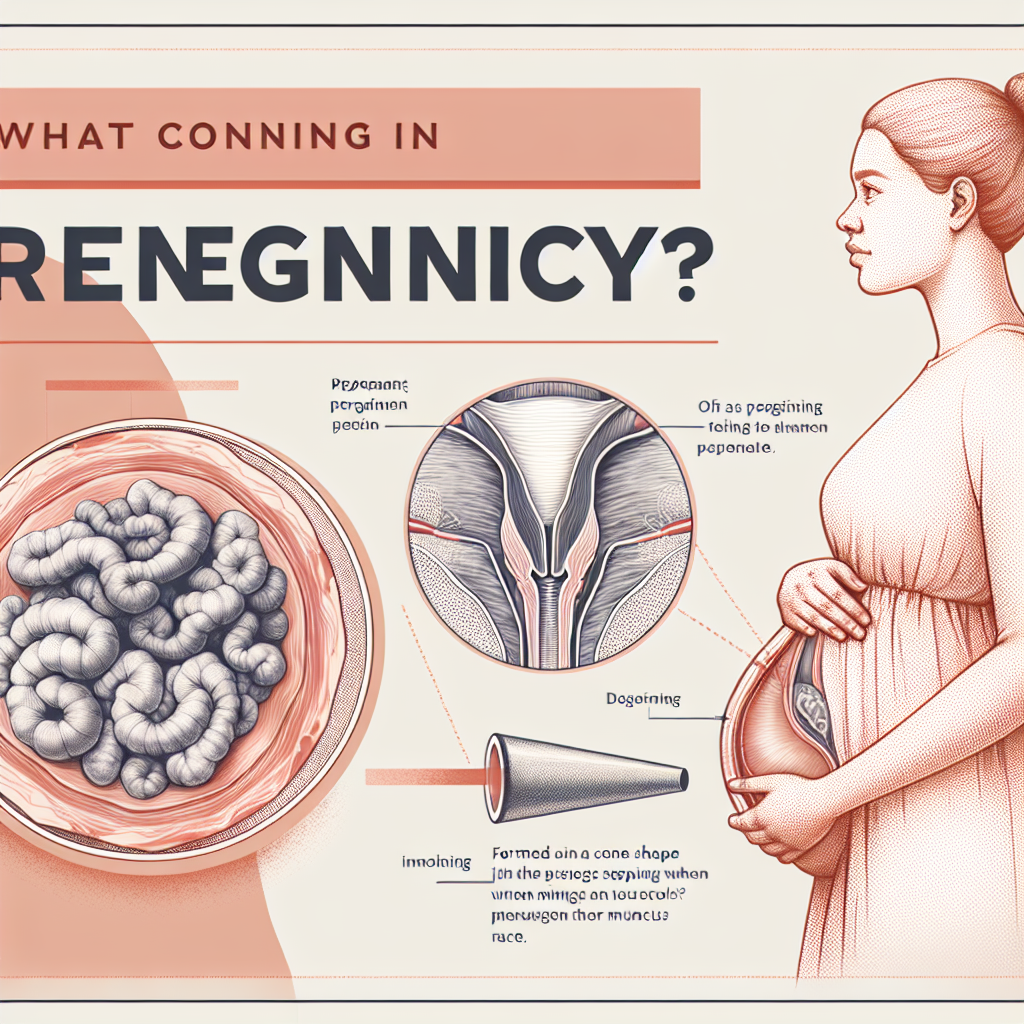Congratulations on your pregnancy! If you’re here, it’s likely that you’ve heard the term “coning” in relation to pregnancy and want to learn more about it. Coning in pregnancy is a topic that isn’t widely discussed, even though it’s a common occurrence for many expectant mothers. In this comprehensive guide, we’ll delve into what coning in pregnancy is, why it happens, and what you can do about it.
What Is Coning In Pregnancy?
Coning in pregnancy, also known as “ab separation” or diastasis recti, occurs when the abdominal muscles separate along the midline of the body. This can sometimes result in a cone or dome-shaped bulge forming in the middle of the abdomen, especially when the abdominal muscles are engaged, such as during a sit-up or when lifting heavy objects.
This condition is more common in the later stages of pregnancy when the uterus puts pressure on the abdominal muscles, causing them to stretch and separate. However, it’s important to note that coning is not unique to pregnancy and can also be experienced by individuals who engage in activities that put stress on the abdominal muscles.
Why Does Coning Occur During Pregnancy?
During pregnancy, hormonal changes cause the connective tissues in the body to become more relaxed in preparation for childbirth. This includes the abdominal muscles, which can become stretched and weakened as the baby grows and puts pressure on the abdominal wall. Additionally, poor posture and certain exercises can exacerbate this separation, leading to coning.
How Can You Tell If You Have Coning?
To check for coning, lie on your back with your knees bent and feet flat on the floor. Place two fingers on your midline, just above your belly button, and engage your abdominal muscles as if you were doing a sit-up. If you feel a gap or a ridge forming along the midline, this could indicate coning.
If you’re concerned about coning, it’s best to consult with a healthcare professional or a physical therapist who can assess the severity of the separation and provide personalized guidance.
What Can You Do About Coning?
If you have coning during pregnancy, there are several steps you can take to help manage and potentially minimize its effects. It’s important to avoid activities that exacerbate the coning, such as certain yoga poses, heavy lifting, or movements that place excessive strain on the abdominal muscles.
Engaging in exercises that strengthen the deep core muscles, such as pelvic tilts and gentle abdominal bracing, can help support the abdominal wall and minimize the separation. Additionally, wearing a supportive belly band or pregnancy support belt can help provide stability and alleviate some of the strain on the abdominal muscles.
Can Coning Be Prevented?
While it may not be possible to entirely prevent coning during pregnancy, there are steps you can take to minimize its occurrence. Practicing good posture, avoiding heavy lifting, and engaging in pregnancy-safe exercises can help support the abdominal muscles and reduce the risk of severe coning.
FAQs About Coning In Pregnancy
1. Is coning in pregnancy painful?
Coning itself may not be painful, but it can cause discomfort or a feeling of weakness in the abdominal area, especially when performing certain movements or exercises.
2. Will coning affect my ability to give birth?
In most cases, coning does not directly impact the ability to give birth. However, it’s essential to discuss any concerns with your healthcare provider to ensure that you receive the necessary support and guidance.
3. How long does it take for coning to resolve after pregnancy?
The timeline for resolving coning after pregnancy varies from person to person. Some may notice improvements within a few months postpartum, while others may require more time and targeted exercises to address the separation.
4. Can coning be fixed with exercises?
Engaging in specific exercises that target the deep core muscles, under the guidance of a healthcare professional, can help improve the strength and function of the abdominal muscles and minimize the effects of coning.
5. Are there any complications associated with coning?
While coning itself may not lead to severe complications, it’s essential to address any concerns with a healthcare provider to rule out any underlying issues and receive personalized recommendations for managing coning during pregnancy.
In conclusion, coning in pregnancy is a common occurrence that can be managed with the right support and guidance. By understanding what coning is, why it happens, and how to address it, expectant mothers can take proactive steps to support their abdominal muscles and promote overall physical well-being during pregnancy and postpartum. Remember to consult with a healthcare professional for personalized advice and recommendations tailored to your unique needs and circumstances. Congratulations on your journey to motherhood!


